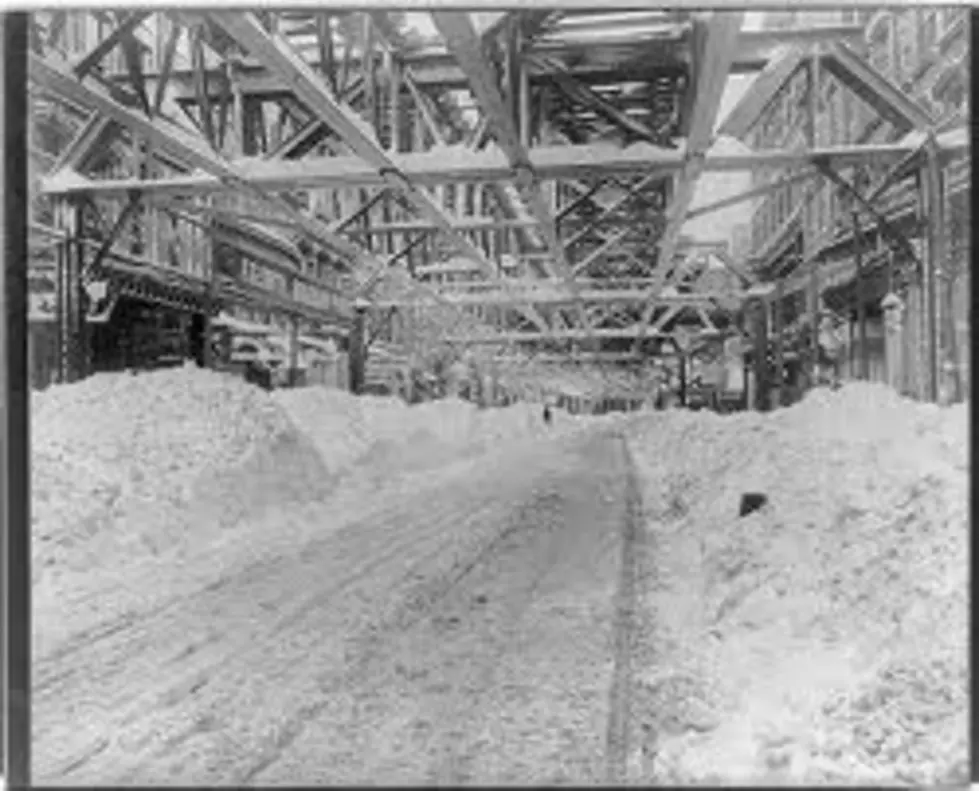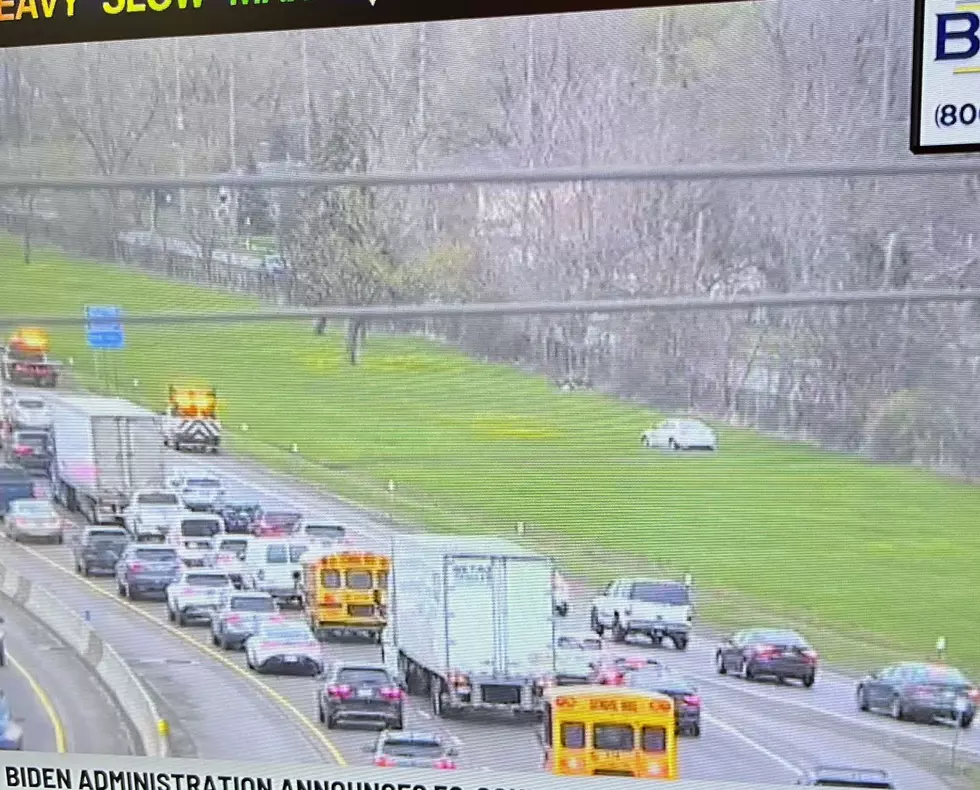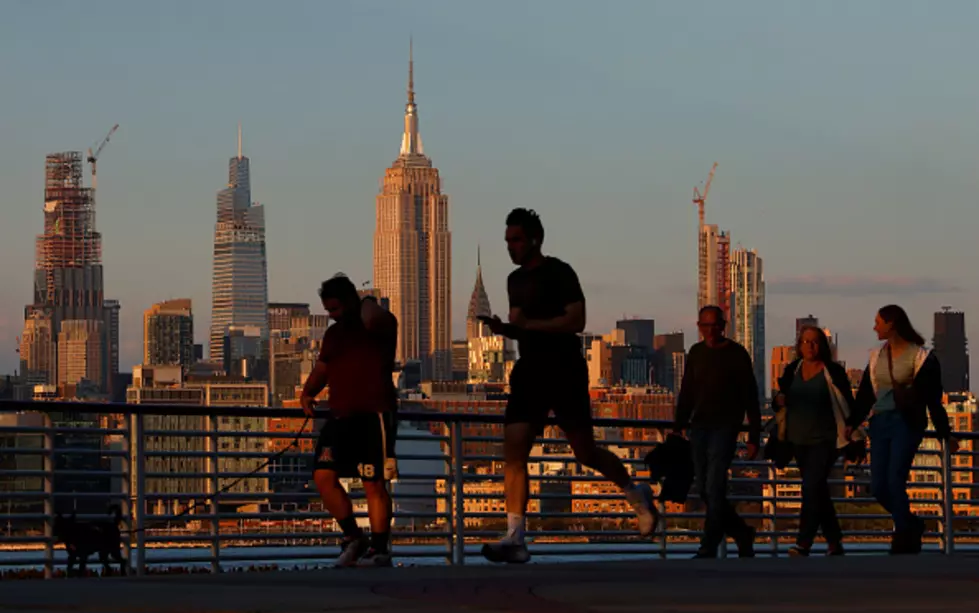
Dale’s Daily Data: Great Blizzard of 1888
It was one of the worst blizzards in American history, killing more than 400 people and dumping as much as 55 inches of snow in some areas. New York City ground to a near halt in the face of huge snow drifts and strong winds. It was back when one in every four Americans lived in the area between Washington D.C. and Maine.
The day before, temperatures were in the 50’s, clear and sunny, but then cold Arctic air collided with air from the Gulf of Mexico and temperatures plunged. Heavy rain turned to heavy snow and winds reached hurricane-strength. Gusts in New York City were up to 85 miles an hour creating a complete whiteout.
Drifts reached the second story of some buildings. New York’s elevated trains were blocked by snow drifts stranding an estimated 15-thousand people. People below put up ladders to rescue them. Telegraph lines, water mains and gas lines were also above ground then and couldn’t stand up to the winds and snow. Communications between Boston, New York, Philadelphia and Washington were knocked out for two days because of snapped telephone and telegraph lines. Many people collapsed in snow drifts and died.
Mark Twain was in New York at the time and was stranded at his hotel for days. The East River, running between Manhattan and Queens, froze over. Some people tried to walk across and drowned when the tides changed and broke up the ice. 200 people were killed in New York City alone. Thousands of wild and farm animals froze to death.
All up and down the Atlantic coast, hundreds of boats were sunk in the high winds and waves. New York City ended up with 40 inches of snow; New Haven, Connecticut, 45 inches; Troy, New York, was hit by 55 inches of snow over 3 days.
As a result of the storm officials realized the dangers of above-ground telegraph, water and gas lines and moved them below ground. Same with the trains in New York City. The Great Blizzard of ’88 began on this date, March 11, 1888.
SOURCE: history.com
More From 106.5 WYRK









